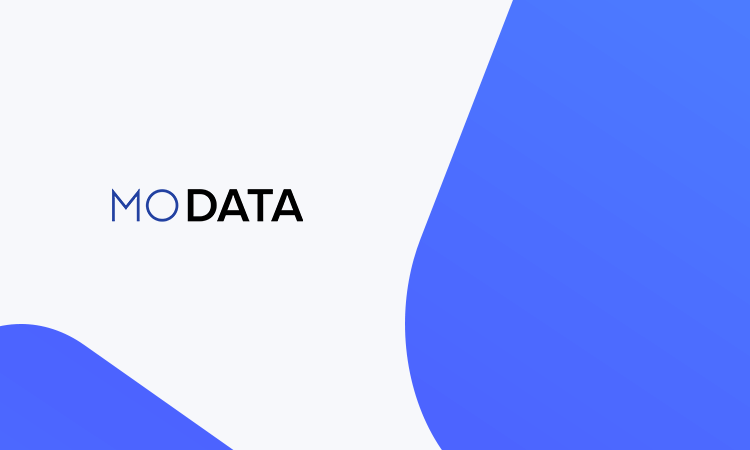
“37 percent of sales management time is spent on forecasting.”
– Sales Benchmark Index Data
Sales forecasting is an indispensable and crucial part of your sales planning as it keeps a close check on the well-being of your business. As a Head of Sales or a CEO in a B2B setting, you know you can never afford to take the sales forecasting process lightly. However, the process itself is an expensive undertaking for most companies.
This article attempts to expose not only the tangible costs but the hidden and unseen costs of sales forecasting as well. After identifying these costs, we will go on to suggest some measures that can be taken to reduce these costs substantially. Just to clarify, this article attempts to quantify the cost of the sales forecasting process itself and guides under the assumption that your sales forecasting process is established and mature in practice. Diagnosing and repairing broken sales forecasting is covered as its own topic in a separate blog post which can be found here.
While a great number of sales processes have become increasingly efficient in last few decades (largely due to technology usage), the sales forecasting process continues to be relatively manual when compared to other aspects of sales analytics. To this day, it continues to incur a tremendous burden for most sales organizations in terms of both human cost and inaccurate results. On top of that, an organization’s inability to access up-to-date and on-demand forecasting information causes confusion and inefficiencies, which further complicates the matter.
Paul Saffo, an acclaimed technology forecaster, famously said:
“The goal of forecasting is not to just predicting the future but to tell you what you need to know to take meaningful action in the present.”
– Paul Saffo
Although the cost incurred, in terms of lost course-correction opportunities, is difficult to quantify; it becomes more clear when considering it from the perspective of confidence and convictions. Effective decision making is easily compromised through an organization’s lack of confidence in the future, especially regarding sales performance and revenue growth. Simply put, if you can’t trust your forecast as a sales organization, you lose the conviction needed to make the changes required today to alleviate the problems of tomorrow. Including:
- Incorrect hiring and firing decisions.
- Inadequate resource allocation towards important deals
- Loss of board/investor confidence
What Drives the High Cost of Sales Forecasting?
Breaking it down, the factors that make the sales forecasting process an expensive undertaking include:
1) Time Spent
Meetings: Too Many and Too Long
Let’s say a sales team has
- 30 reps
- 6 Managers
- 3 Directors
- 1 VP of Sales
- 2 Sales Operations managers
Rep-Manager Meetings (30 Meetings)
30 Reps X 30 Minutes Each X 2 People per meeting = 30 Man Hours
Manager to Director Meeting (6 Meetings)
6 Managers X 1 Hour Each Meeting X 2 People per Meeting = 12 Man Hours
Director to VP Meeting (1 Meeting)
3 (Directors) X 2 (Sales Ops) X 2 Hour Meeting = 12 Man hours
Total = 54 Man Hours / Week
These meetings do not have to be this long, and without an effective means of prioritization, some of these meetings are likely not even relevant to all the attendees, leading to a waste of time plain and simple. And as we all know, time is money – even more so in the sales world. The higher frequency of such meetings, the more money is wasted.
Full-time Excel Resource
This person is required almost full-time to enter the data and manage the sales forecast in excel sheets. This contributes a lot to the cost of sales forecasting.
2) Cost of Distraction
Current sales process relies on collecting manual feedback from each individual sales personnel, typically done during meeting one-on-one meetings between the sales rep and her manager. Then each of the individual forecasts is compiled for use in the larger sales alignment meetings, which requires further planning and preparation by everyone from VPs to the AEs. This additional preparation time further adds to the overall cost of sales forecasting.
3) Cost of Inaccurate Forecasting
Oftentimes companies don’t spend enough resources streamlining their sales process and forecasting tools, which typically results in poor forecasting. Clinging to outdated methods, such as still using Excel as a forecasting tool, is a great example of this and often overlooked as a high priority improvement area. Not only you are wasting resources building and maintaining your spreadsheets, but you are generating unavoidably poor forecasted numbers due to Excel’s technological limitations in this area.
Another cost is losing the trust of your shareholders, due to inaccurate or unrealistic forecasts. Whether you overpredict or underpredict, either way, your shareholders will quickly lose confidence if you cannot demonstrate savant-level knowledge and understanding of your own revenue growth.
4) Sandbagging or Underpromising
Once the forecasted figure is out, the sales reps naturally might limit their potential and stop working as hard if they feel the goal has already been met. In some cases, reps can even sandbag or hold sales by revealing a closed deal during a specific month or time when there is an extra incentive.
5) Iterative Process
Projection needs to be reviewed monthly, then quarterly, finally annually and so on. Even after all of these repetitions and updates, there is no guarantee that the forecast is going to be accurate.
All of the planning, meetings, and adjustments add up to be a wildly costly cycle, which as pointed out earlier cannot be evaded in any sales organization be it in B2B or B2C.
What can be done, however, is incorporating certain functional measures into your sales process that save this drain of time and resources that are happening in the sales forecasting process.
Minimize Cost of Sales Forecasting
Minimize the cost of sales forecasting process by adopting the following measures:
1) Use analytics to generate predictive forecasting, score deals, and prioritize your time by only talking about what is important.
2) Replace your spreadsheets with sales forecasting software to easily capture forecasting information. Spreadsheets take a lot of effort to manage and, even the beginning relative software cost savings, are easily trumped by high human cost and lack of quota achievement due to data discrepancies.
Add a custom field into your CRM or use a forecasting software for sales reps to specify the probability of closing the deal. Assigning bucket probability levels based simply on the deal stage is an incredibly lazy and inaccurate technique to use. As an example, assume the deal is in POC stage but the rep knows that deal is unlikely to close because the primary “sponsor” is planning to leave the organization. This will inevitably cause turmoil in the forward movement of the deal. Using a bucket system does not take any detail like this into account. The rep needs a way to express this situation, which can generally be done by utilizing a custom field in the opportunity record. Some forecasting software, such as MoData, provides proactive ways for reps to enter information like this and then takes it a step further to automatically work it into the overall confidence level of the deal.
3) Use Sales Process Management templates to create clearly defined stages and bring structure to your sales process. Having a well-designed sales process in place will help you forecast better as well, by giving you visibility into the number of prospects needed at each stage of the funnel, their conversion rates, and total contributed revenue.
The cost and time involved in the sales forecasting process can hence be minimized by having a unification of tools and an updated sales process.
This will enable your team to maximize their forecast accuracy and more efficiently use their time for selling or beating the forecasted target.
In return, you get a better control over your operations and more time to coach your team.




